
A blog focusing on 1/64 diecast from such popular brands as Hot Wheels, Matchbox, Johnny Lightning, M2 Machines, GreenLight, Tomica, Yat Ming, Majorette, MotorMax, Siku, Corgi, Guisval, Playart, Ertl, Zylmex, Racing Champions, & many more. Swifty's Garage features a daily Car Of The Day and news updates from your favorite brands!
Monday, November 7, 2011
Car Of The Day: November 7, 2011
Today's Car Of The Day is Yat Ming's 1975 Honda Civic
The Honda Civic is a line of subcompact and subsequently compact cars made and manufactured by Honda. The Civic, along with the Accord and Prelude, comprised Honda's vehicles sold in North America until the 1990s, when the model lineup was expanded. Having gone through several generational changes, the Civic has become larger and more upmarket, and it currently slots between the Fit and Accord.
It was introduced in July 1972 as a two-door model, followed by a three-door hatchback that September. With the transverse engine mounting of its 1169 cc engine and front-wheel drive like the British Mini, the car provided good interior space despite overall small dimensions. Early models of the Civic typically included a basic AM radio, heater, foam-cushioned plastic trim, two-speed wipers, and painted steel rims with a chromed wheel nut cap. As the years went by, it has become much more upscale with options such as air conditioning, power locks, power windows, leather upholstery, satellite-linked navigation, and a six-speed manual transmission. Initially gaining a reputation for being fuel-efficient, reliable, and environmentally friendly, later iterations have become known for performance and sportiness, especially the Civic Type-R, Civic GTi and Civic SiR.
The Civic has been rebadged for international markets with such models as the Honda Ballade and Honda Domani/Acura EL. The Civic platform also served as the basis for the CR-X sport compact, the CR-X del Sol targa convertible, and the CR-V compact SUV.
As of 2006, a total of 16.5 million Civics had been sold worldwide, with 7.3 million of them in the United States. By 2010, Civic has been the top-selling car in Canada for thirteen years. With high gas prices and a weak economy in June 2008, the Civic supplanted the Ford F-Series to become the top-selling vehicle in the United States for that month.
In Japan , production of non-hybrid Civic for domestic market ended in August 2010, production of Civic hybrid for home market ended in December 2010. In recent years, customers shifted to minivans and compact cars like Honda Fit. Honda launched Fit hybrid in October in Japan. However, production of Civic and Civic hybrid for export markets will continue.
For more information and pictures of the real car please visit: Honda Civic
A nice model from Yat Ming, my only complaint is how big it is.
Honda began selling the 1169 cc (70 in³) transversely mounted inline four-cylinder Civic for about US$2,200. The car produced roughly 50 hp (37 kW) and included power front disc brakes, vinyl seating, reclining bucket seats, and a woodgrain-accented dashboard. The hatchback version added a fold-down rear seat, an AM radio, and cloth upholstery. The car had front and rear independent suspension. A four-speed manual transmission was standard. Options for the Civic were kept to a minimum, consisting of air conditioning, an automatic transmission called the Hondamatic, radial tires, and a rear wiper for the hatchback. The car could achieve 40 mpg-US (5.9 L/100 km; 48 mpg-imp) on the highway, and with a small 86.6-inch (2,200 mm) wheelbase and 139.8-inch (3,550 mm) overall length, the vehicle weighed 1,500 pounds (680 kg).
The four-door sedan version of this bodystyle was not available in the USA, and the sedan was not a hatchback until 1978, just before the introduction of the second generation. In the USA, the advertising campaign used to introduce the Civic was, "Honda, we make it simple."
The Civic's features allowed it to outperform American competitors such as the Chevrolet Vega and Ford Pinto. When the 1973 oil crisis struck, many Americans turned to economy cars. Reviews of American economy car quality were poor and getting worse due to spiraling costs for manufacturers. Japanese culture had a long-standing tradition of demanding high-quality economy cars, and the growing American desire in the 1970s for well-made cars that had good fuel mileage benefited the standing of the Honda Civic, Toyota Corolla and Datsun B210 in the lucrative U.S. market.
For 1974, the Civic's engine size grew slightly, to 1237 cc and power went up to 52 hp (39 kW). In order to meet the new 5 mph (8 km/h) bumper impact standard, the Civic's bumpers grew 7.1 inches (18 cm), increasing overall length to 146.9 inches (373 cm). The CVCC (Compound Vortex Controlled Combustion) engine debuted in 1975 and was offered alongside the standard Civic engine. The optional 53 hp (40 kW) CVCC engine displaced 1488 cc and had a head design that promoted cleaner, more efficient combustion. The CVCC design eliminated the need for catalytic converters or unleaded fuel to meet changing emissions standards, unlike nearly every other U.S. market car. Due to California's stricter emissions standards, only the CVCC powered Civic was available in that state. A five-speed manual transmission became available this year, as did a Civic station wagon (only with the CVCC engine), which had a wheelbase of 89.9 inches (228 cm) and an overall length of 160 inches (406 cm). Civic sales also increased and topped 100,000 units for this year.
1978 brought slight cosmetic changes: the grille was black; the rear-facing hood vents replaced the sideways vents; and turn indicators were mounted in the bumper instead of in the grille. The CVCC engine was now rated at 60 hp (45 kW).
The first generation Honda Civics were notorious for rusting in less than three years from purchase where salt was used in the winter. The U.S. importer, American Honda Motor Company, signed a final consent decree with the Federal Trade Commission that provided owners of 1975-1978 Civics with rusted fenders the right to receive replacements or cash reimbursements. In the end, almost 1 million Honda owners were notified that their fenders could be repaired or replaced by the automaker at no charge. About 10% of all Hondas sold were to be inspected by a dealer, and the automaker had 180 days to replace front fenders and supporting parts that showed rust within the first three years of use.
The Hondas were so vulnerable to corrosion that the National Highway Traffic Safety Administration (NHTSA) also issued a safety recall . This was because the car's lateral suspension arms, front crossbeam, and strut coil spring lower supports could weaken with exposure to salt. A total of 936,774 vehicles built between 9-1-1972 and 8-1-1979 were subject to extensive repairs since Honda had to replace the suspension components, or the automaker bought back entire cars with serious body corrosion.
At the time, Honda's rust recall was the largest safety action among all the brands imported into the U.S. Civics became known for their "typical Honda rust" in the used car market.
Subscribe to:
Post Comments (Atom)
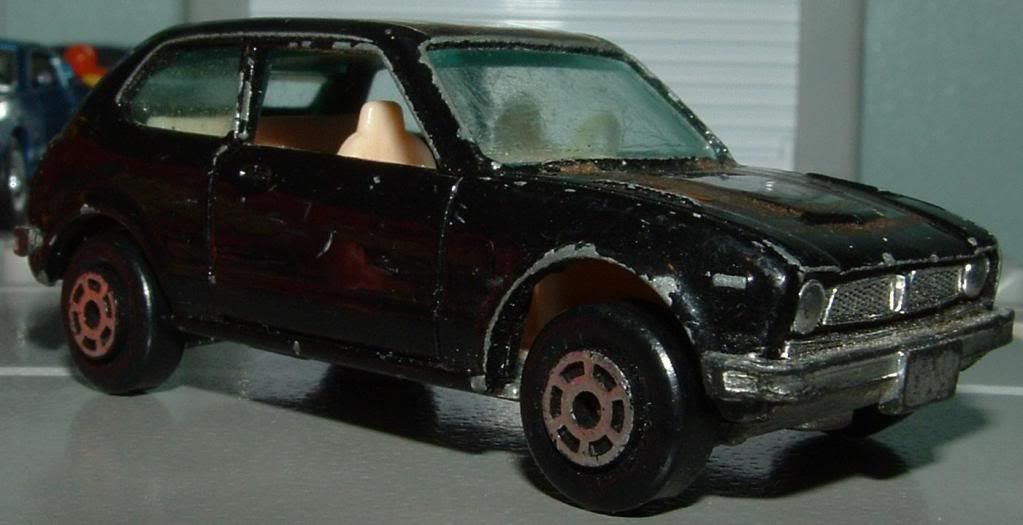

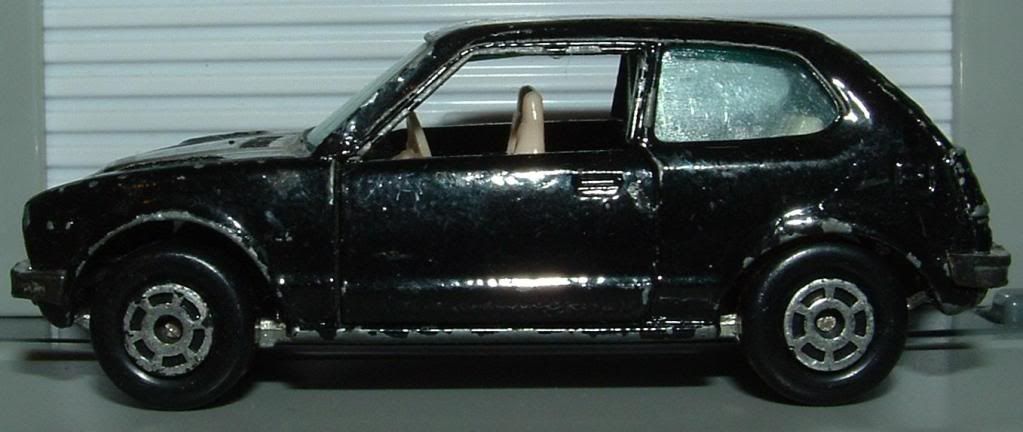
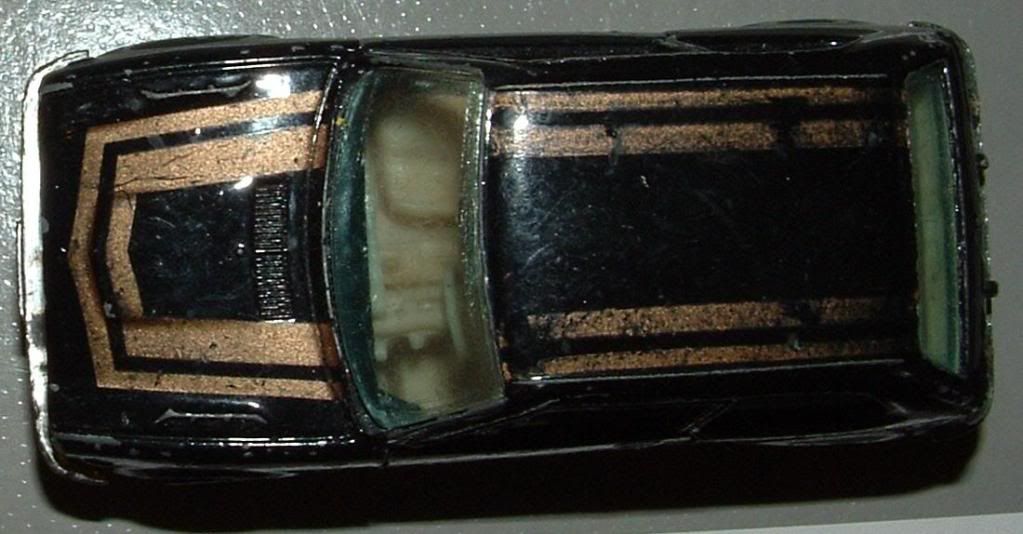
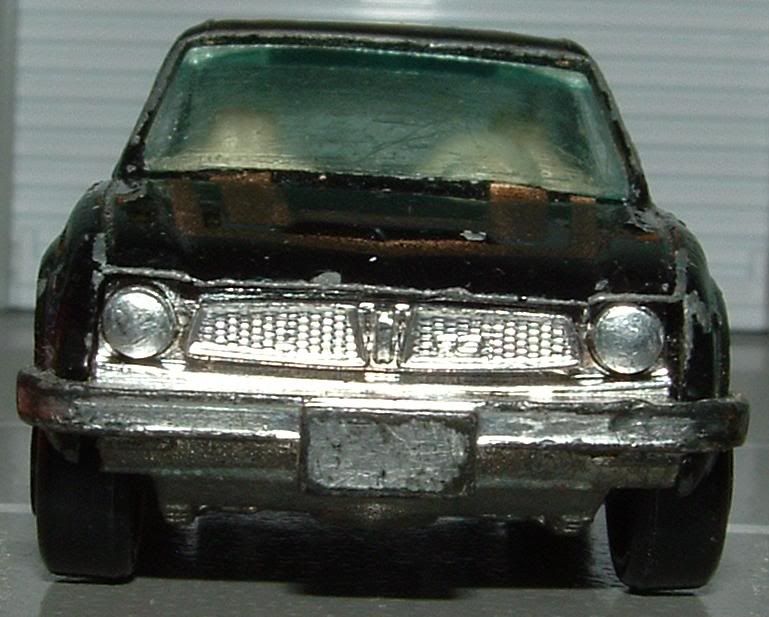
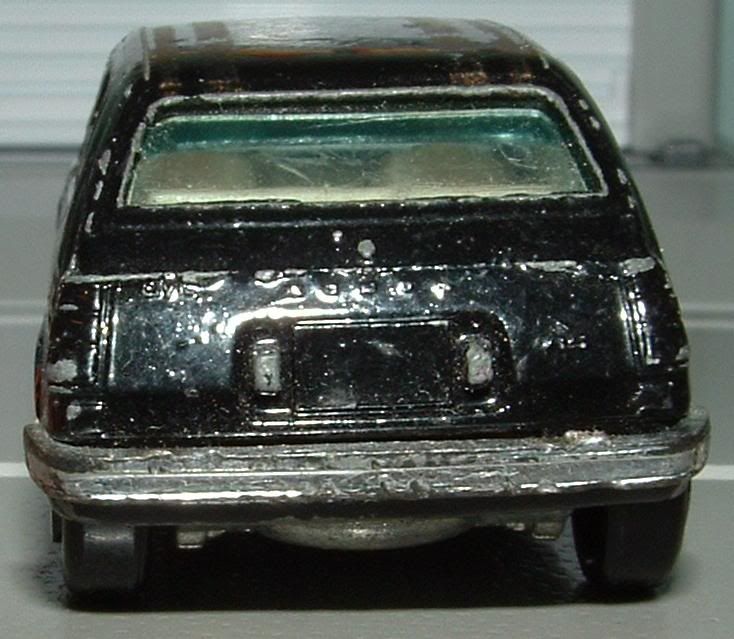
No comments:
Post a Comment